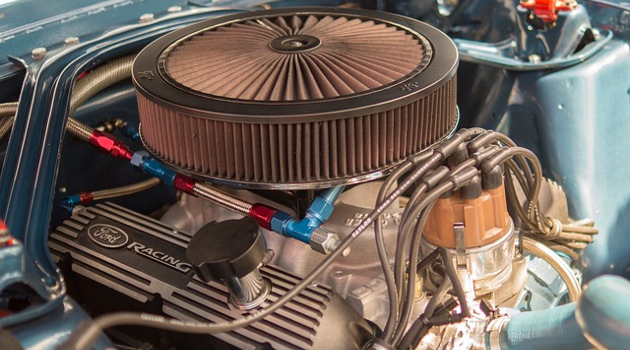Last week CF&P released a paper I wrote, called “Aftermarket Shock: The High Cost of Auto Parts Protectionism,” examining the use of design patents to prohibit competition in the secondary market for auto parts. Tomorrow there will be a hearing at 2 pm on the same issue and proposed legislation, the PARTS Act, to address it.
The paper is a response to the recent development of auto manufacturers filing design patents in order to prevent competitors offering cheaper alternatives to branded parts. Manufacturers have lobbied for such protections in the past and come up empty, but the International Trade Commission (ITC) has kicked off a process where courts are increasingly setting policy.
The primary problem this causes as identified in the paper is the impact on competition and consumers. If the only place to find a repair part that restores a vehicle to its original condition (i.e. that looks the same as the original part) is from the original equipment manufacturer, then parts are necessarily going to be more expensive. These added costs on consumers can add up to a hefty sum, and also have added impact in unexpected ways. Higher repair costs, for instance, make it more likely for damaged vehicles to be totaled out by insurance companies, which most impacts older vehicles more likely to be owned by the poor.
Additional policy and jurisdictional issues are also raised, such as the wisdom of involving the ITC at all. The primary question the hearing will consider, however, is whether to shorten the window of patent protection for repair parts from the 14-month design patent standard to 30 months. As I say in the paper, “In the market for collision parts, [14 years of protection] might as well be a lifetime.” The length of design patents exceeds the average vehicle age by several years, and is simply not well suited for the particular market.
It’s worth noting that the overall design of a vehicle would still see the same protections, just not each component piece. The paper concludes that shortening the window for repair parts as the PARTS Act would do strikes the right balance between serving the function of intellectual property to encourage (some forms of) innovation, while allowing competition to benefit consumers with lower prices and greater choice.

